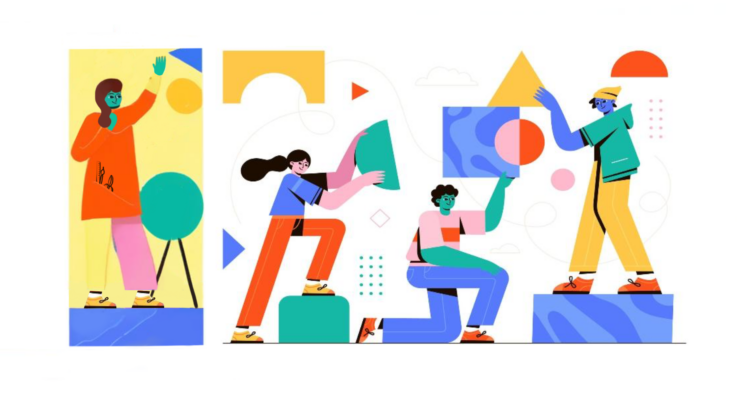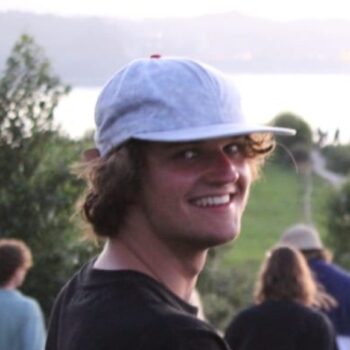Learning the 'Next Level' of Human-Centered Design because I f*cked up registration
We asked Paul de Bruin about his experience with the Participatory City Making Lab: “What’s super inspiring throughout this research elective so far, is the passion to design something that improves people their lives”.
Hi Paul, how did you end up starting a research elective?
“Because of the strict IDE guidelines and my aversion to reading manuals, I ended up in a difficult situation. My graduation project was ready to start when I found out I needed 15 more ECTS to officially pass my green light, while course registration for the master electives was already closed. I saw my last half year of university completely fall apart. When I got in touch with Ingrid, she invited me to join the PCM Lab and said, ‘If you like the Strategic Design for Social Innovation course, you are welcome to do a research elective on a topic that’s ready with us!’. With no clear idea what that would mean I immediately said ‘Yes! Let’s do some transition design research…?!’”
Amazingly, you jumped into it! What was your takeaway from the research at the PCM Lab?
“Well, 150 hours later I, Paul de Bruin, master student SPD, have studied about 40 transdisciplinary practices where changemakers demonstrated the role and value of design in tackling societal challenges. What’s more, I’ve read about 10 transition design papers, had about 10 private lectures from Ingrid and Sterre and worked together with a transition design enthusiast from Italy Linda. But most importantly, I’ve learned about the complexity of transition design, how this will shape the future, next level, of human-centred design and what the designer could practice becoming the future transition designer”
Wow, the future transition Designer, what are you doing with it now?
“Linda, Ingrid, Sterre and I are writing a paper, for which Linda and I are looking at design practices that ‘design the designer out’. In transition design, the designer should become the toolkit and infrastructure-maker with which citizens and organisations can design by themselves. For long-term design interventions, we cannot assume a lasting presence of the designer. Therefore, we are trying to understand how designers are and aren’t designing themselves out of their design intervention so that the next generation of designers can learn what it takes to realize transition with design!”

A designer waving at a local community. Source: Adapted AI-generated image from Freepik.
What’s been most inspiring for you through this research?
“What’s super inspiring throughout this research elective so far, is the passion to design something that improves people their lives. The field of transition design is not about designing something everyone needs or wants, becoming the most impressive designer or making the most profitable business, all of which are very present throughout the SPD-master. It is about opening as a designer, becoming involved within local communities, bringing people together and planting seeds for others to achieve something great. This perspective has been very valuable so far and hopefully, I can bring some of it into my future working environment!”

